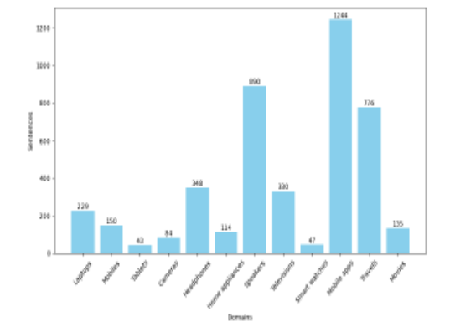


Indian Journal of Science and Technology
Year: 2024, Volume: 17, Issue: 7, Pages: 625-634
Original Article
Ashwani Gupta1*, Utpal Sharma2
1Research Scholar, Department of Computer Science and Engineering, Tezpur University, Tezpur, Assam, India
2Professor, Department of Computer Science and Engineering, Tezpur University, Tezpur, Assam, India
*Corresponding Author
Email: [email protected]
Received Date:01 November 2023, Accepted Date:09 January 2024, Published Date:14 February 2024
Objectives: Aspect terms play a vital role in finalizing the sentiment of a given review. This experimental study aims to improve the aspect term extraction mechanism for Hindi language reviews. Methods: We trained and evaluated a deep learning-based supervised model for aspect term extraction. All experiments are performed on a well-accepted Hindi dataset. A BiLSTM-based attention technique is employed to improve the extraction results. Findings: Our results show better F-score results than many existing supervised methods for aspect term extraction. Accuracy results are outstanding compared to other reported results. Results showed an outstanding 91.27% accuracy and an F–score of 43.16. Novelty: This proposed architecture and the achieved results are a foundational resource for future studies and endeavours in the field.
Keywords: Sentiment analysis, Aspect based sentiment analysis, Aspect term extraction, Deep Learning, Bi LSTM, Indian language, Hindi
© 2024 Gupta & Sharma. This is an open-access article distributed under the terms of the Creative Commons Attribution License, which permits unrestricted use, distribution, and reproduction in any medium, provided the original author and source are credited. Published By Indian Society for Education and Environment (iSee)
Subscribe now for latest articles and news.